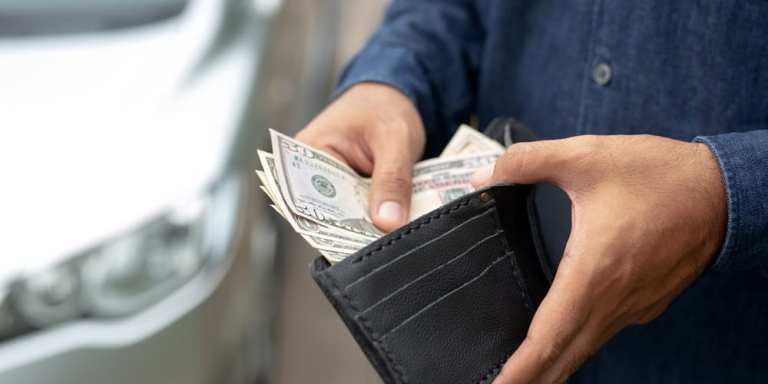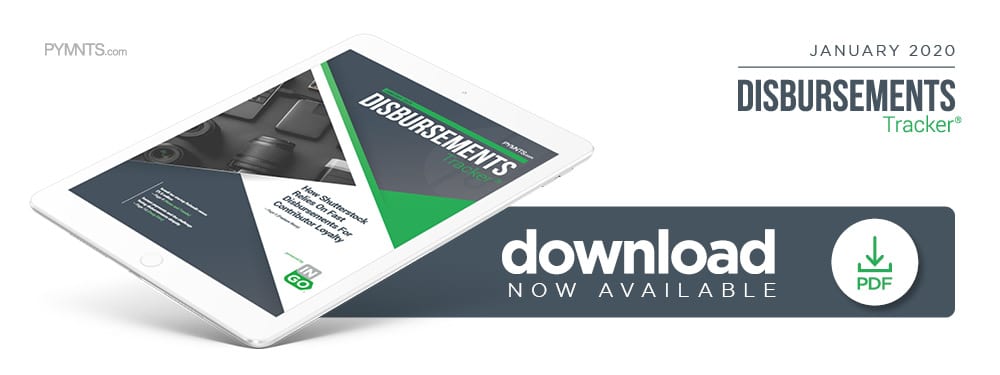
 Payments made with cash and checks are dropping in volume — the use of cash alone declined 40 percent over the past five years in Canada. Instant payments started 2020 on a high note, however, with the adoption of real-time payments and other speedy disbursement methods increasing over the past few years. More than 42 percent of consumers received at least one instant payment in 2019, but such disbursements have a way to go before they are as common as many would like.
Payments made with cash and checks are dropping in volume — the use of cash alone declined 40 percent over the past five years in Canada. Instant payments started 2020 on a high note, however, with the adoption of real-time payments and other speedy disbursement methods increasing over the past few years. More than 42 percent of consumers received at least one instant payment in 2019, but such disbursements have a way to go before they are as common as many would like.
Faster payments may not be the most popular disbursement method, but markets are regularly adopting them for consumer payouts. The entertainment, insurance, music, restaurant and retail industries are all experimenting with real-time disbursements, as are healthcare providers and government agencies responsible for taxes and other refunds.
Business-to-consumer (B2C) industries are just beginning to see use cases for these payments and do not appear to be innovating fast enough, as 93 percent of customers recently surveyed by PYMNTS said that payment speed does not quite meet their standards. Lagging firms are currently stuck: The amount of available real-time payment networks and methods has increased in recent years, as has the number of customers using eWallets for their financial needs.
Cash and check use remains high in areas where instant solutions have not yet provided meaningful alternatives. Instant payment providers and the businesses that utilize their offerings will thus need to fill the void where checks and cash have operated if they wish to reach real ubiquity.
The staying power of checks and cash
The main barrier blocking instant payments’ path to ubiquity in B2C and business-to-business (B2B) is the stubbornness of cash and check payments. They may be less common in retail, especially as more purchases move online, but they are holding on as the disbursement methods of choice for businesses.
The U.S. restaurant industry is a prime example, with bartenders, servers and other employees widely reliant on cash tips. Instant and real-time payment rails have not erased this dependence as the bulk of the approximately 2.6 million Americans who work as restaurant waitstaff expect to receive cash disbursements when their shifts end.
Mobile apps like Bravo and Gratuu have emerged to make splitting tips less reliant on cash, but such offerings have yet to reach critical mass in the industry. Cash use is generally declining among consumers, but not at restaurants. PYMNTS’ research found that nearly half of surveyed consumers carry $10 to $50 in physical bills, and 39 percent reserve funds for tips. This practice is beneficial for restaurant staff but also means cash is likely to stay in the restaurant disbursements world for years to come.
The healthcare and insurance industries are facing similar problems with checks. Healthcare providers have innovated the online systems that send out bills and accept patient payments but have stumbled when developing services for refunds and other disbursements. Most patient disbursements are made via checks, and 74 percent of consumers received health refunds in this manner in 2018. Only 3 percent received them via direct deposit that same year.
Companies in both industries have access to instant payment tools, but these solutions do not solve their disbursement needs as easily as checks and cash. They may also face the issue of excess when searching for digital disbursement products that will fit their employees’ and customers’ needs. More online options and real-time payment rails have cropped up in the U.S. over the last few years, meaning companies may have trouble deciding which is the best fit. End consumers share in this confusion, and research shows many are still unaware of instant payments as alternative options.
The instant payments education gap
U.S. real-time payments are much more competitive and saturated than a few years ago. The Clearing House (TCH) has its Real-Time Payments (RTP) network, and the Federal Reserve is promoting its FedNow platform, which has yet to be released. Mastercard and Visa have developed faster payment rails of their own, and mobile applications like Venmo and Zelle are steadily increasing their hold over person-to-person (P2P) transactions.
Businesses and end customers are not as aware of these developments as their banks and payment providers. Just 82 percent of consumers know what instant payments options are available, leaving a significant portion of the population believing checks, cash or slower digital payments are their only options. This is partly because companies may not be aware of instant payments: 42 percent of consumers received instant disbursements in 2019, but 51.6 percent wanted to receive those such payouts.
Shrinking that gap is going to require concentrated efforts from instant payment providers if they wish to reach ubiquity. No instant payment rail or network has become the standard for every industry or use case and determining which will be the first to do so will be a long-drawn-out fight. Checks and cash will likely continue to stick around until that ubiquity is reached.